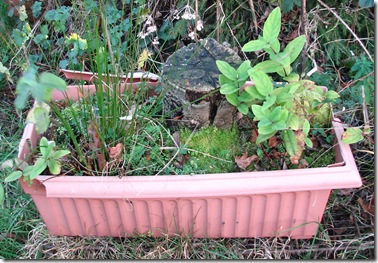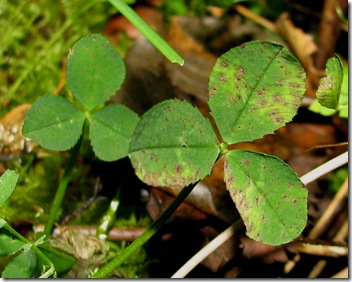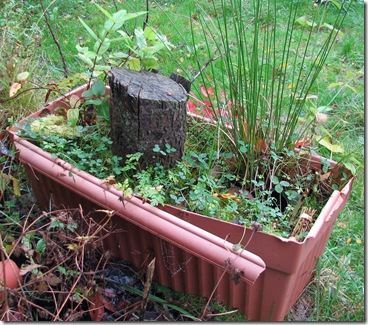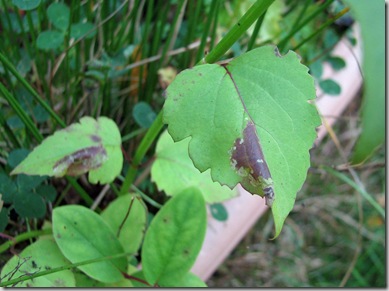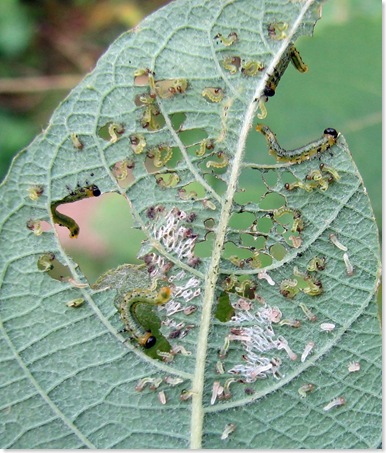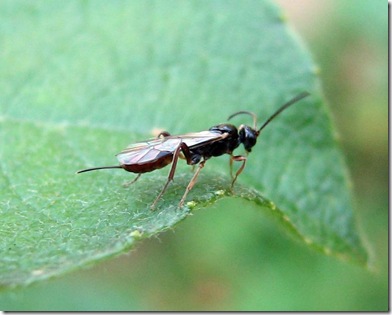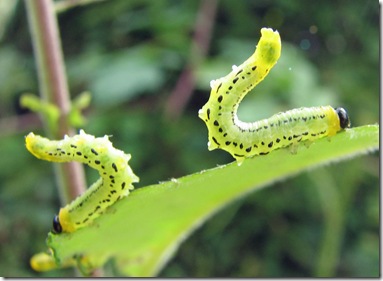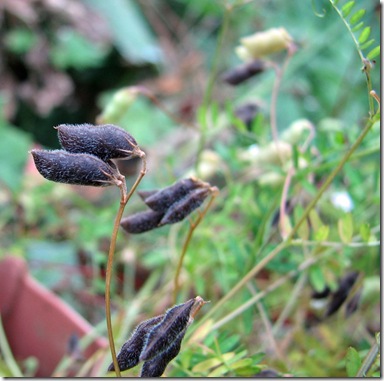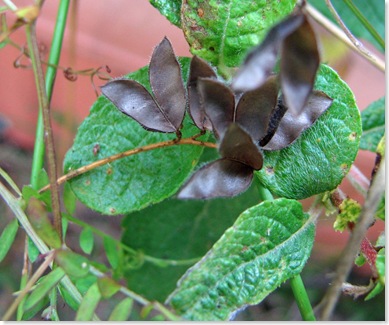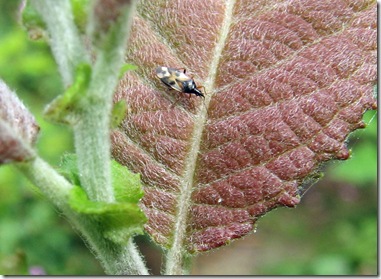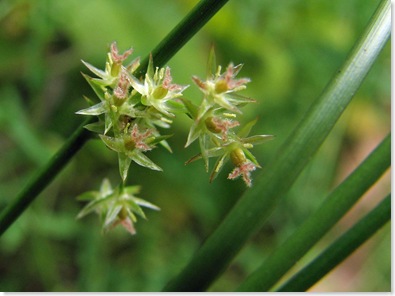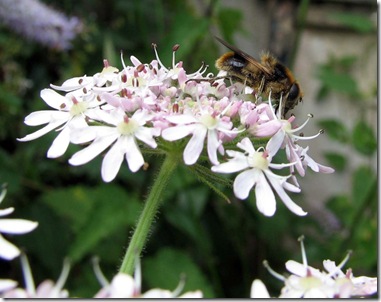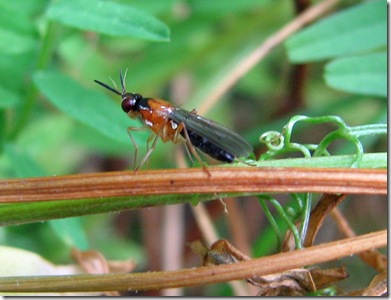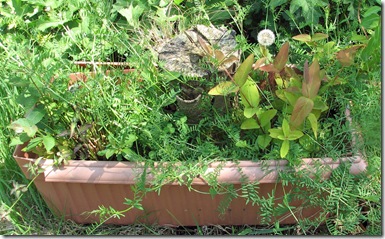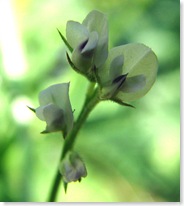I have, as I do every year, cut back my three sallow trees (actually two grey sallow, Salix cinerea, and one goat willow, Salix caprea) now all the leaves have gone (mostly eaten by sawfly larvae).
The pictures below show the situation before and after the coppicing and sharp-eyed visitors may be able to see where some of the twigs top left have disappeared.
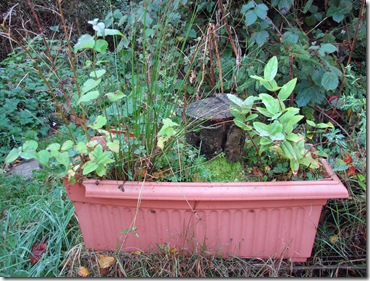

I took the cut off twigs and shaped them into a bundle. I call these 'woodcharms' but I suppose the correct term is 'faggots', a word deriving from the same root as 'fascist' (from the bundles of rods, or fasces, carried by people in power and authority in ancient Rome).

A faggot was, like mine, bound with two ties. If only one tie had been used it would have been a bavin (I now feel moved to make a bavin so I can legitimately use this word).
My faggots are also a bit small. A short faggot would have been 24 inches (61 cm) round and 32 inches (81.3 cm) long and a long faggot 24 inches round and 48 inches (121.9 cm) long. I guess mine is a microfaggot.
I have put this microfaggot alongside the northern end of the window box and one of the cut sallow stools can be seen top right of the photo. Hopefully this will help to rebuild the soil level which still continues to shrink and drop. This year I will leave any fallen leaves that blow into the box, though I don't think these will help much.
